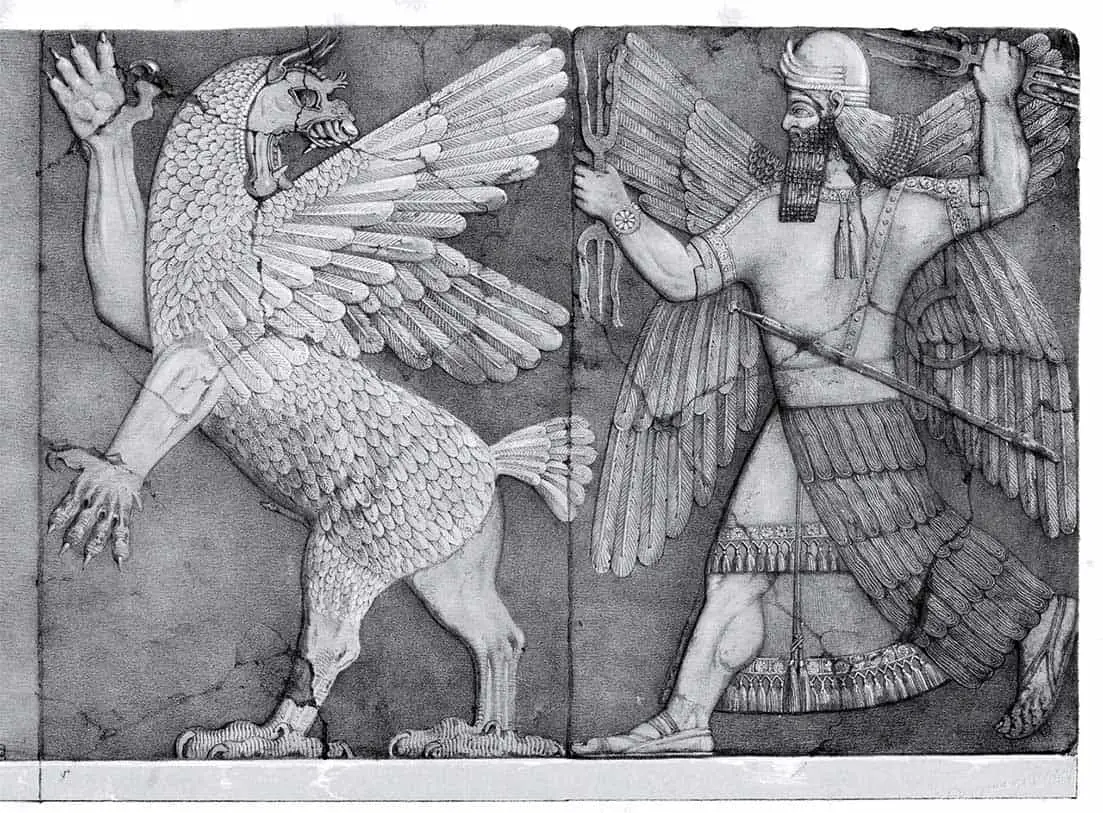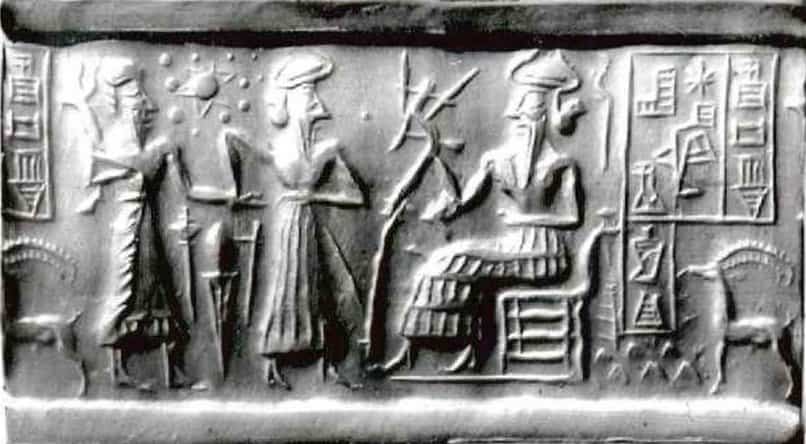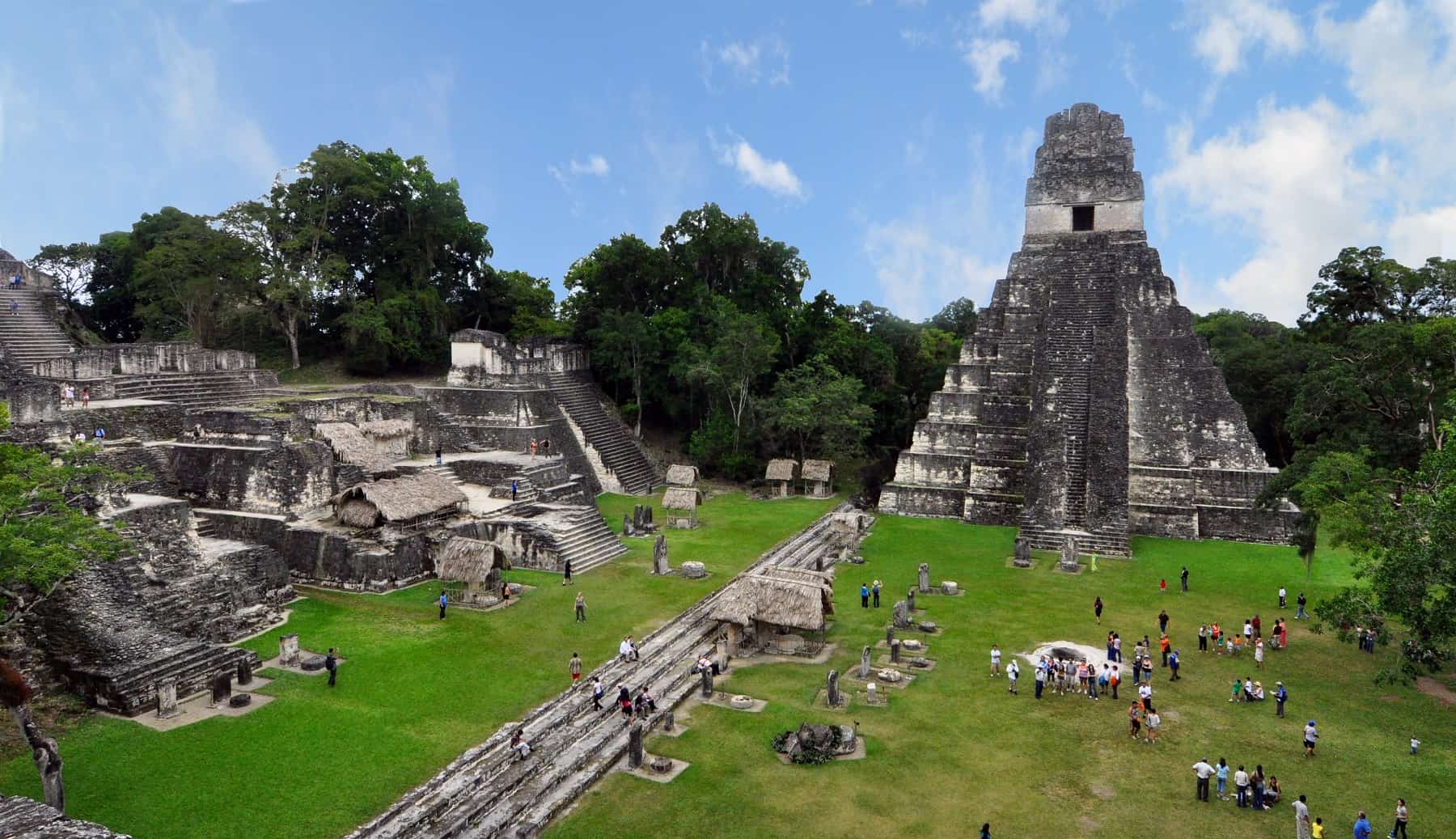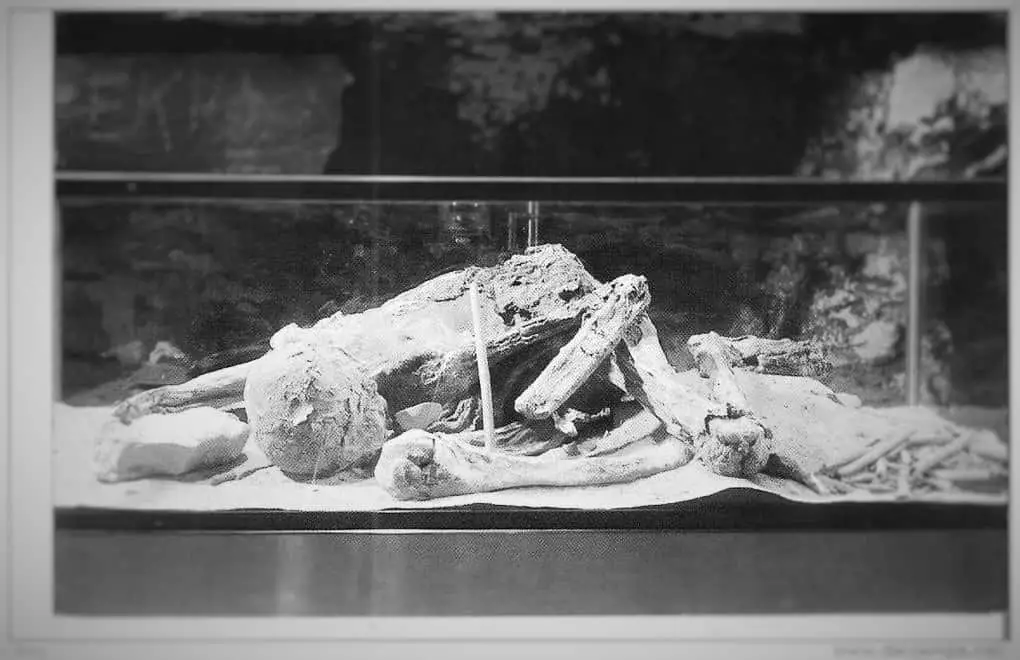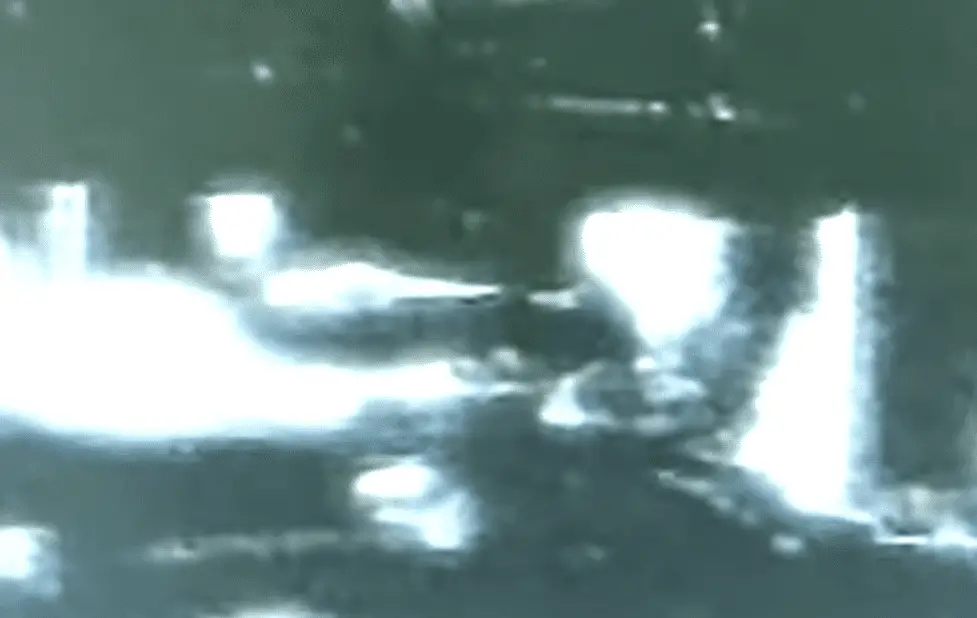
A study of ancient teeth belonging to modern humans and Neanderthals of the Aurignacian culture at Manot Cave in Israel is shedding new light on human migration from Europe to the Levant around 40,000 years ago. The Levant includes the historic areas of Lebanon, Palestine, Israel, and Syria with close proximity to Egypt.
The Neanderthals were on the verge of extinction 40,000 years ago when they came into contact with Homo sapiens, also known as modern humans. Groups of Neanderthals in southern Europe survived long enough to make their final eagle talon necklaces, one of which was found recently by researchers in Spain in Foradada Cave just two miles inland from the Mediterranean coast.
Just over 2,000 miles away, another group of researchers led by Dr. Rachel Sarig of Tel Aviv University School of Dental Medicine analyzed six teeth that were uncovered in Manot Cave.
Discovered in 2008, Manot Cave is a significant prehistoric location noted for the finding of an ancient human skullcap from 54,700 that turned out to be the oldest human remains outside of Africa and proved modern humans lived alongside Neanderthals and interbred with them, which has been shown by genetic studies.
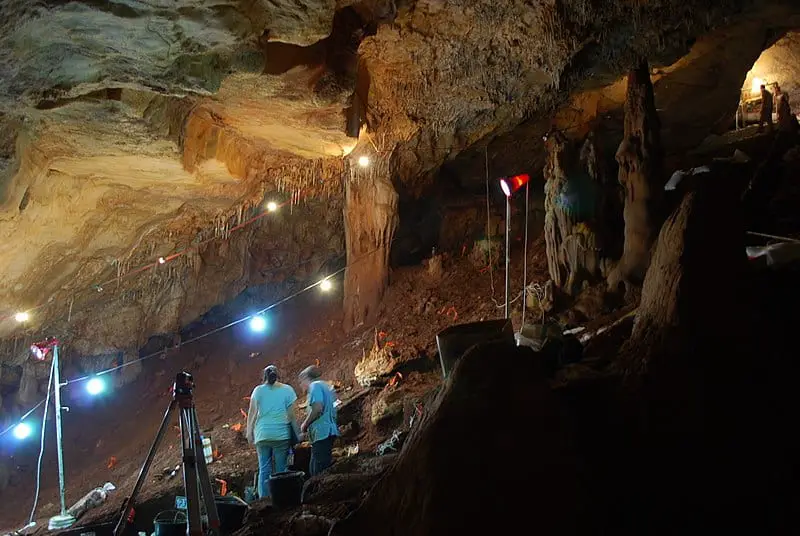
YouTube Video Here: https://www.youtube.com/watch?v=IxBhxFiD3Jk
Many of the artifacts found in the cave since then belong to the Aurignacian culture, an Upper Paleolithic culture of humans that existed in Europe at the time.
According to Tel Aviv University:
The Aurignacian culture first appeared in Europe some 43,000 years ago and is known for having produced bone tools, artifacts, jewelry, musical instruments, and cave paintings. For years, researchers believed that modern man’s entry into Europe led to the rapid decline of the Neanderthals, either through violent confrontation or wresting control of food sources. But recent genetic studies have shown that Neanderthals did not vanish. Instead, they assimilated into modern human immigrant populations. The new study adds further evidence to substantiate this theory.
In fact, the oldest known musical instrument is credited to the Aurignacian culture in the form of a 35,000 to 40,000-year-old bone flute found in Germany in 2008, the same year a construction crew accidentally found the Manot Cave.
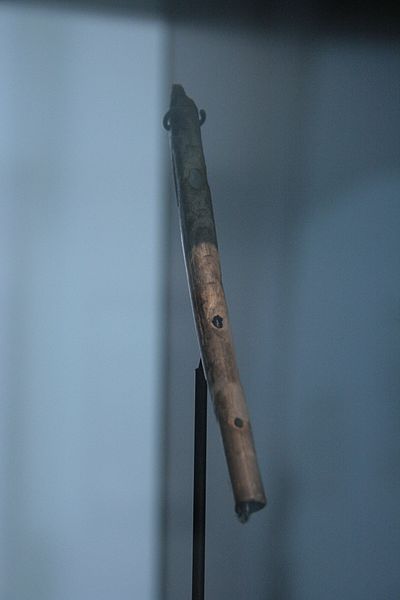
Sometime during this period 40,000 years ago, however, a migration consisting of these Aurignacian humans along with Neanderthals migrated to the Levant, thus introducing the culture to humans and Neanderthals there, which is how evidence of the culture likely ended up in the cave.
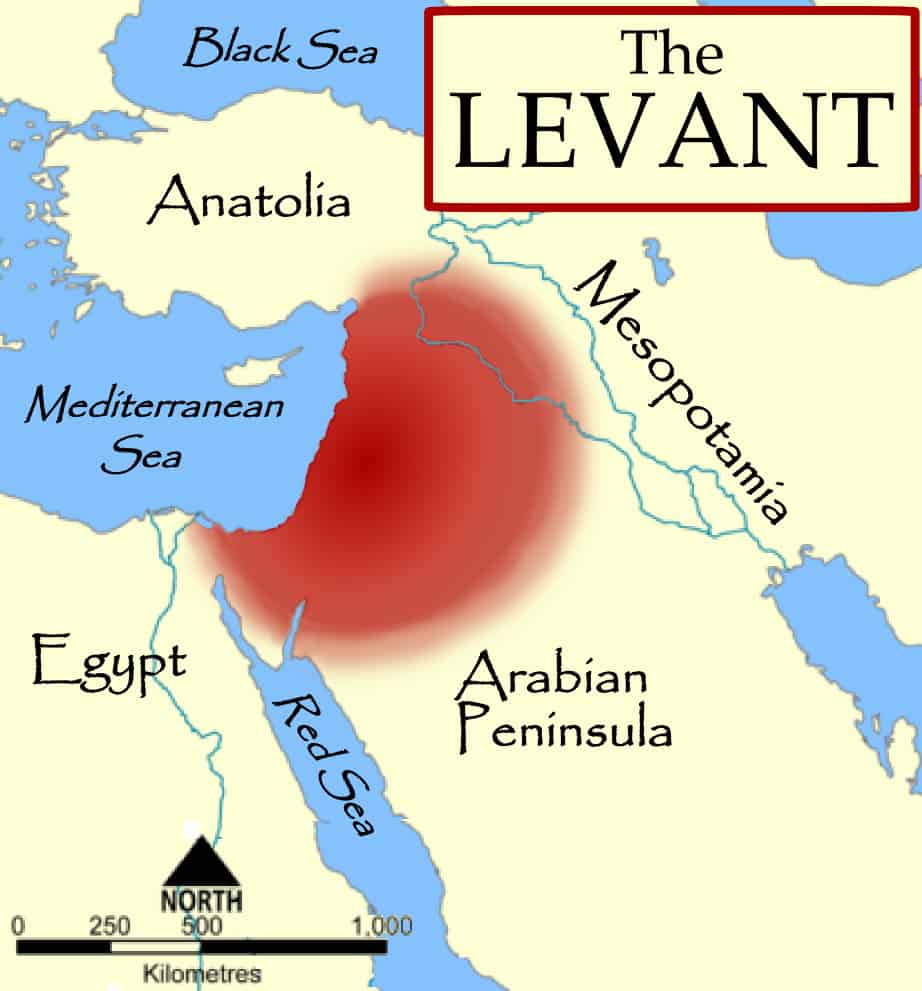
But it’s not just artifacts, but also remains such as teeth that are providing evidence of this migration.
Last month, Dr. Sarig and her team authored a study published by the Journal of Human Evolution explaining their findings.
This study presents the dental remains discovered at Manot Cave (MC), Western Galilee, Israel. The cave contains evidence for human occupation during the Early Upper Paleolithic period (46–33 ka) mainly of Early Ahmarian (∼46–42 ka) and Levantine Aurignacian (∼38–34 ka) cultural levels. Six teeth (three deciduous and three permanent) were found at the site, of which four could be thoroughly analyzed. The morphology of the teeth was qualitatively described and analyzed using traditional and geometric morphometric methods. A large comparative sample was used in order to assess the morphological affiliation of the Manot specimens with other Homo groups. The results provided equivocal signals: the upper first premolar is probably modern human; the upper deciduous second molar and the upper second permanent molar might be modern humans; the lower second deciduous molar might be Neanderthal.
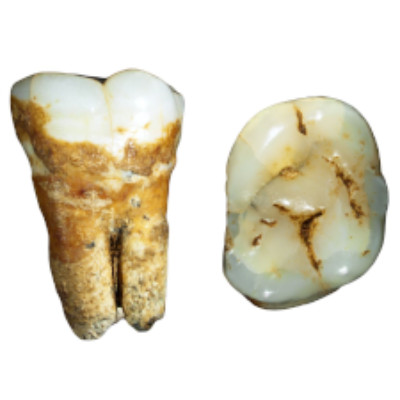
While the results were not conclusive, they suggested that humans migrated from Europe to the Levant 40,000 years ago, resulting in a new culture that persisted for a few thousand years before it mysteriously disappeared.
“Unlike bones, teeth are preserved well because they’re made of enamel, the substance in the human body most resistant to the effects of time,” Dr. Sarig said in a press release. “The structure, shape, and topography or surface bumps of the teeth provided important genetic information. We were able to use the external and internal shape of the teeth found in the cave to associate them with typical hominin groups: Neanderthal and Homo sapiens. Following the migration of European populations into this region, a new culture existed in the Levant for a short time, approximately 2,000-3,000 years. It then disappeared for no apparent reason. Now we know something about their makeup.”
Indeed, the population that migrated to the Levant from Europe not only included humans but also Neanderthals along with any hybrid individuals resulting from interbreeding between the two species.
Neanderthal DNA continues to survive within our species today, clear proof that humans and Neanderthals successfully interbred, which may have contributed to the demise of the Neanderthal species as a whole. Perhaps they were not wiped out by violence or disease, but rather by genetic assimilation or a combination of all three.
Related: Researchers says UV radiation caused by a polar shift may have taken out the Neanderthals
The same may have been true of the Denisovans, who interbred with Neanderthals. Only the offspring produced by such interbreeding between these two human species were likely sterile, therefore incapable of further reproduction to pass along the genetic code. However, Denisovans apparently had more success interbreeding with humans, as their DNA survives in some humans today such as Australian Aborigines and others.
This study is also significant because it’s the first time scientists have found human remains dating from this particular period, adding to our scant knowledge of this time period.
Related: Archaeologists discover 115,000-year-old bone engravings possibly created by Denisovans
“Until now, we hadn’t found any human remains with valid dating from this period in Israel,” Professor Israel Hershkovitz, head of the Dan David Center said. “So the group remains a mystery. This groundbreaking study contributes to the story of the population responsible for some of the world’s most important cultural contributions.”
In addition to the flute, which was made out of a vulture wing bone, the Aurignacian culture produced stone tools characterized by blades instead of flakes along with tools made of bones and antlers. The culture also produced cave art and figurines further defining it.
Genetic studies have previously proved useful in discovering yet another migration from Europe to the Levant around 35,000 years later during the 12th century BC that would have major influence on biblical history. After testing remains uncovered in the ancient city of Ashkelon, researchers found that Philistines, portrayed as villains in the Bible, came from Europe to settle in Israel, where they had confrontations with the Israelites. The European genes eventually disappeared over the centuries as the Philistines expanded their gene pool in the region.
These two discoveries are not only historic, but they are also examples of scientific advancement that has increased our knowledge of peoples and time periods through the ages. This knowledge can help us understand ourselves better today. As technology improves, it’s only a matter of time.
Related: Oldest human remains outside of Africa could push back the history of human evolution 100,000 years
More from Cold Spring Harbor Laboratory:
YouTube Video Here: https://www.youtube.com/watch?v=ATfyexrdB8Q&t=48s
Featured Image: YouTube screenshot

